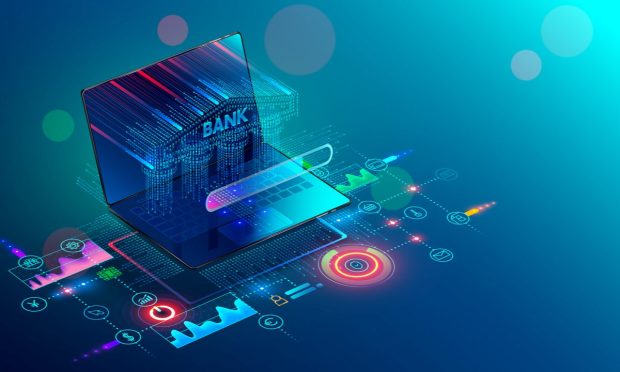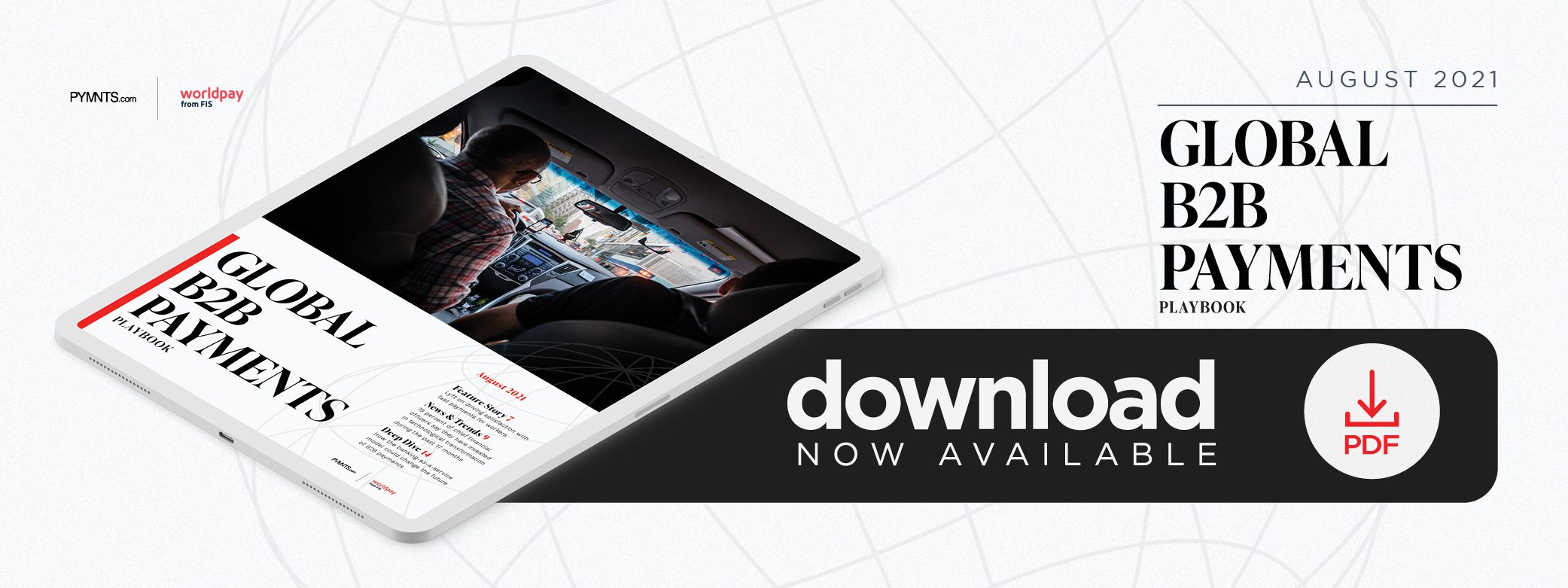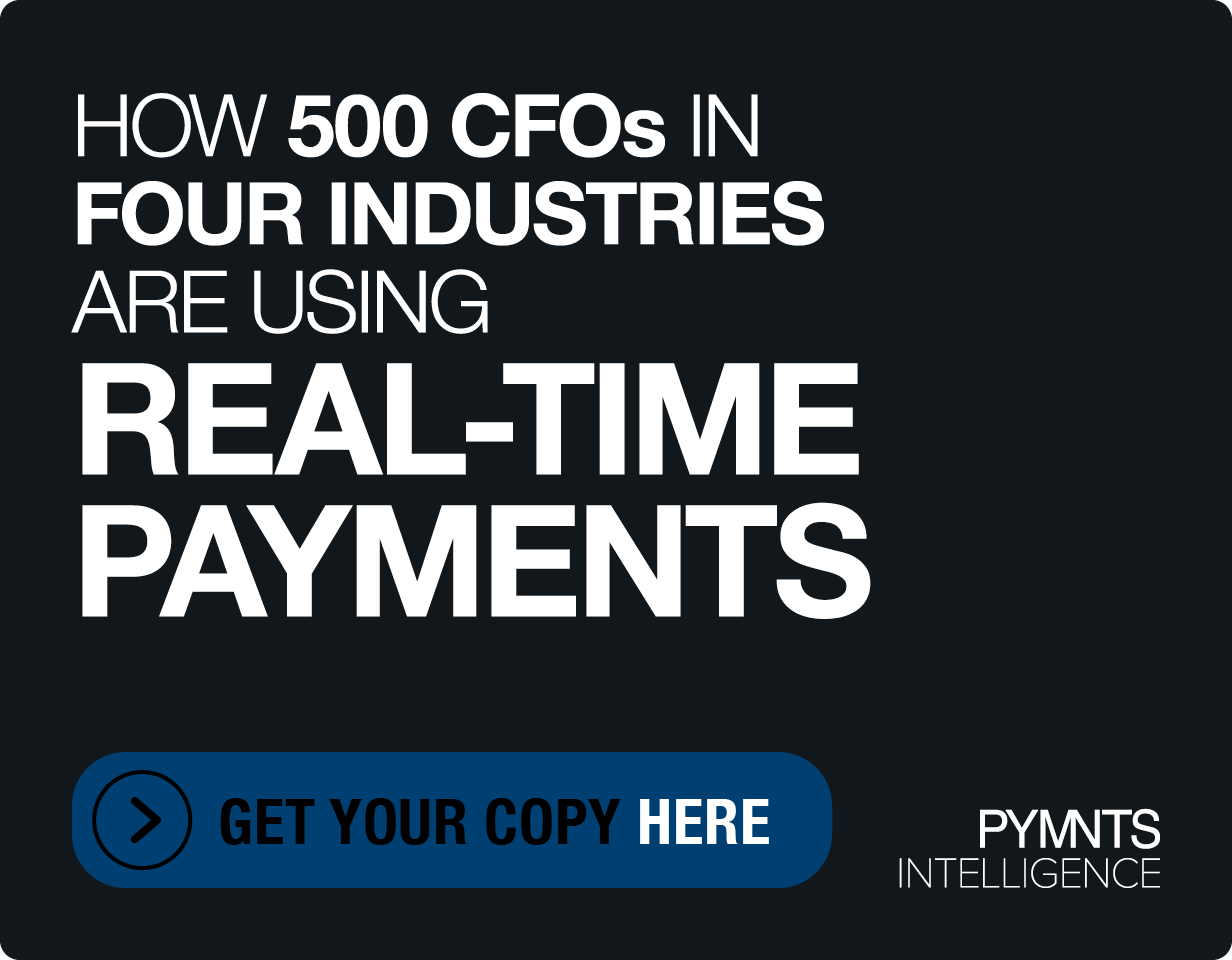Deep Dive: How Banking As A Service For Consumers Could Foreshadow B2B Payments’ Future

The need for greater reliance on digital interactions and remote banking in 2020 underscored the advantages of banking as a service (BaaS) for many industry analysts. BaaS links crucial digital banking services, including loans, payments or deposit accounts, to nonbanks through application programming interfaces (APIs) from licensed financial institutions (FIs). BaaS could allow an airline, for example, to offer its customers mobile bank accounts, debit cards with rewards for flying, loans for flights or payment services, with- out requiring a banking license of its own. The beauty of BaaS is that it makes financial products accessible to users at the point of need rather than within the constraints of traditional FIs. Its use has led to an empowering shift in the consumer banking experience.
Consumers are not the only ones who stand to benefit from BaaS. Following the seismic shift to consumer eCommerce and increasing demand for digital payments is an equivalent transformation in B2B financial services. Businesses of all sizes stand to benefit directly from leveraging APIs to tailor offerings to their business clients and consumers. Moreover, the transactions that BaaS enables do not represent solely money movement, but rather offer rich data that can be analyzed to provide organizations with greater financial transparency and control as well as improved user experiences.
This month’s Deep Dive examines how the use of BaaS in consumer-facing applications is forging a path in the world of B2B payments and why the specific benefits to businesses of taking this path no longer can be ignored.
The Rise Of BaaS
It was close to impossible for brands to design banking services to support their customers before the inception of BaaS. Retailers and service providers would have to jump through hoops, such as securing a banking license, meeting specific regulations and building an infrastructure to support financial products. Even technology giants Amazon and Apple, for example, two companies with ample resources to create their own banking divisions, chose not to do so. Instead, Apple partnered in 2019 with Goldman Sachs to launch the Apple Card, with the FI’s financial license enabling the tech giant to add its own data to offer credit to customers. BaaS is expected to become a $3.6 trillion industry by 2030, and 81 percent of global FIs in a recent survey saw BaaS as a way to increase business, shorten time to market, improve distribution channels and streamline operations.
The capacity for more speed, flexibility and convenience in consumer payments has been effectively implemented into the B2B world through the BaaS model. Proponents say BaaS makes it easier for businesses to develop tools for sending and receiving B2B payments and managing financial data through APIs, artificial intelligence and cloud-based technologies. These models allow firms to implement payment and banking solutions such as digital invoicing systems.
Why BaaS Makes Sense For B2B Payments
The pandemic has cleared a path for businesses to offer some semblance of banking services and payments not just to their end customers but also to their value chains, including vendors, intermediaries and suppliers. The B2B eCommerce market reached almost $7 trillion in 2020 and is anticipated to exceed $20 trillion globally by 2027, according to a B2B market assessment report.
Big Tech companies are leading the way in bypassing both the B2C and the B2B payments industries to drive their own growth. Uber is developing financial products to help drivers buy vehicles, handle payments and extend gas credit cards. Amazon, meanwhile, has distributed about $5 billion in loans to small- and medium-sized businesses (SMBs) while collecting credit data. In addition, 42 percent of U.S. SMBs surveyed have observed their online transaction volumes increase during the pandemic, so BaaS is likely to be required of smaller companies as well. One study found that nearly 70 percent of business buyers expect buying from their vendors to be “Amazon-like.”
BaaS is expected to become the major business model for the banking sector within five years because consumers and businesses alike want instant financial services digitally or through open interfaces. Businesses will need to catch up on the B2B side as digital payments and remote work environments continue to rise in popularity in the years to come.

